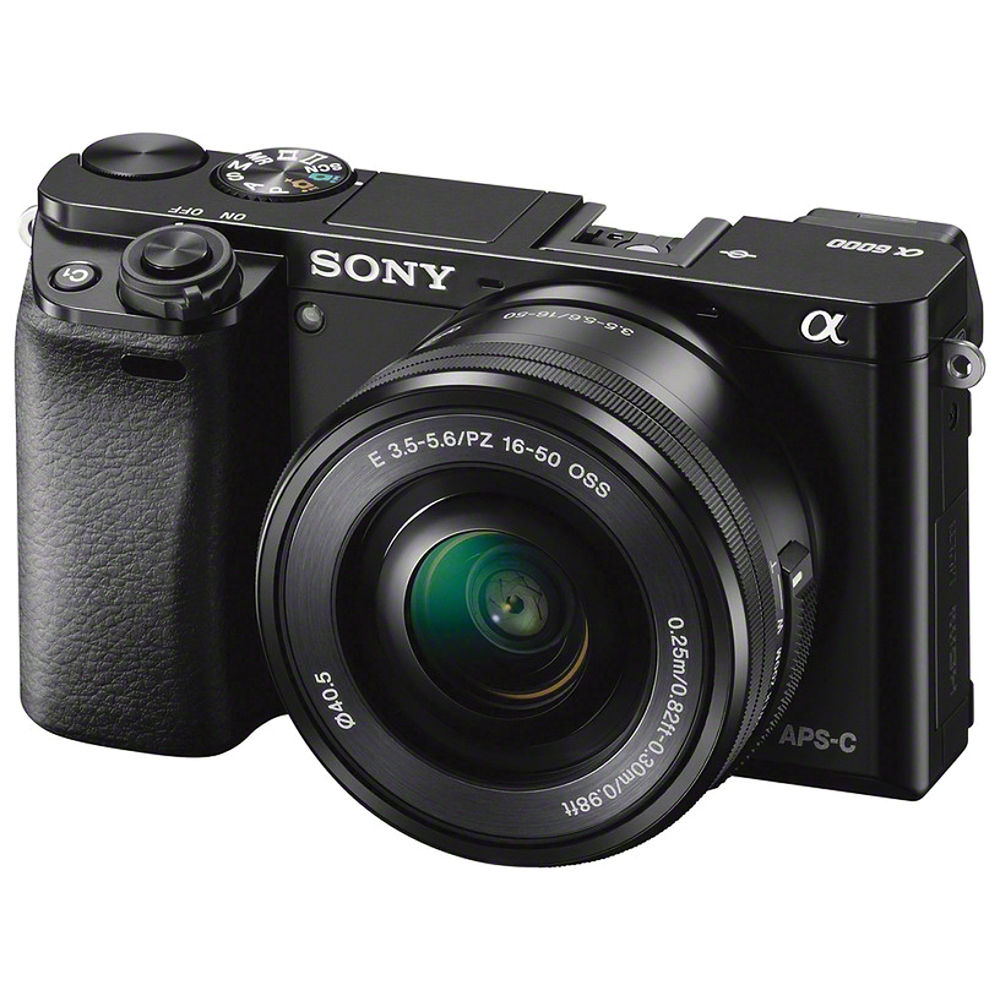I’m 68. Sixty-Eight!
At 68, there are going to be a few limitations. It’s all about accepting them, and getting on Exploring what’s possible within those limitations.
I’ve been told in no uncertain terms I’m not meant to climb ladders anymore. Yes, people my ages still do – people my age also surf and ski and run and do all sorts of things they’ve been doing for years, but that’s the thing: they’ve been doing those things for years. I stopped surfing well over a decade ago: getting on a board now would be ridiculously dangerous. I have to learn what I can still do safely and then, do those things consistently, carefully, avoiding risks.
For example: bicycling: I took a risk and ended up falling off my bike. Wow… you just don’t bounce the way you used to when you were younger. I actually felt nauseous for a while from the shock of hitting the ground. And I wasn’t even travelling fast… just tried and failed at a maneuver that ended up with me on the ground… an eye-opening experience!
Should I give up bicycling? by no means! But I will need to be more careful, avoiding hazardous situations.
One of the limitations I discovered with respect shooting video was an ever more pronounced “intention tremor”, no doubt exacerbated by an affinity for coffee in the morning and a glass or two of Cabernet Sauvignon in the evening. Those are two crucial substances to avoid if you want steady hands. Anyway, the unsteadiness was becoming more and more pronounced whenever I tried to shoot video on the Sony A6000.
Now, a bit about this camera:

Even though it was originally announced in early 2014, the A6000 is still being sold here in Australia today (22nd Oct, 2020) for between AUD $600 to $1200:

That’s a testament to the incredible durability and relevance of the technology in this camera. I’ve shot a lot of video – much more than I shot images – on the A6000 and learned a lot about videography with this amazing little camera. The colour science Sony uses generates stunning images and video by default. The auto-focus is unrivalled. It’s compact, easy to carry around, fits nicely on a gimbal… hard to beat.
But, I’ve sold it… because of MY limitations.
My ability to create steady video and in-focus images was diminishing, and so that camera came out of the bag less and less. It was time to consider upgrading to a technology that came out a few years ago, but was much too dear at the time for me to even consider: in-body image stabilisation (IBIS).
I like purchasing older technology. When I purchased the A6000 in January 2016, it was already two-year old technology. I was able to get it on DWI – which has since closed its doors – for $755 plus shipping. And sold it, almost six years later, for $500! For technology, that’s simply unheard-of… but Sony cameras do hold their value.
I was going to upgrade to a Sony camera with IBIS – like the A6500 or A6600 – but did spend the time researching which cameras featured the best stabilisation… and it wasn’t the Sony lineup, unfortunately.
So, I started to consider other brands, keeping in mind my budget – which was modest – and being clear on what I really felt was most important. Everything in life is a compromise, I’ve found. So, you make a list of what’s most important and let that help make decisions. For video – which is what I shoot most – that was:
- Image stability
- Device flexibility – feature-rich
- 4K – allow zooming-in in post without loss of image quality
- Variable frame rate – ability to shoot slow-motion and time-lapse video
- Autofocus capability
- Good colour science
- Good low-light capability
Note the order… which actually rearranged itself several times during my research until I found this listing was what was most important to me, in order of importance.
Ultimately, there was no other choice than the Panasonic Lumix GH5:

This camera was announced back in early 2017 – here we are almost four years later, and like the Sony, it has been able to retain relevance and be considered a clear choice for indie filmmakers (i.e., video shooters on a tight budget) for years and even today. So, I priced this camera:

Yikes. Yeah, buying one with a lens wasn’t going to be an option. I would have to sell pretty much everything Sony-related just to get the camera body!
And that brought me to the conundrum of selling. I thoroughly hate selling… anything. I always worry that the buyer will feel cheated or something after the transaction. I dislike being cheated, but dislike even more having people think I’m trying to misrepresent a product in order to sell it. I actually spent $150 for a service on the A6000 by an Sony-authorised service centre prior to putting it on the market, just to make sure the camera was perfectly sound before I sold it, and then sold it for only $500… so only made $350, end-of-the-day.
Although I buy on eBay, I have found it too difficult for selling. Although I despise Facebook, it has the best Marketplace for selling things:
- Sold the Canon 5D in three days or so.
- Sold the Sony A6000 in one day.
- Sold the Sony 24-105mm F4 constant aperture lens in two days.
So, I had just enough for the GH5 and the 12-60mm lens, both of which feature image stabilisation, which was the top of my list of priorities.